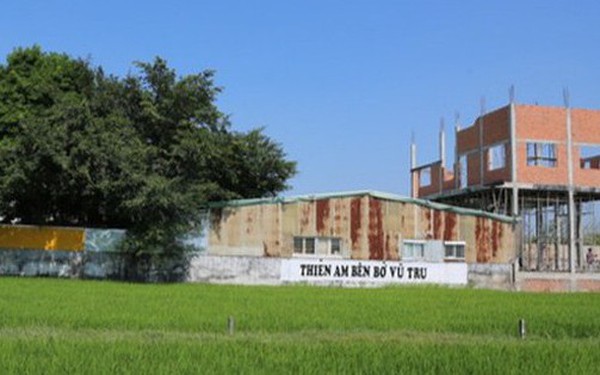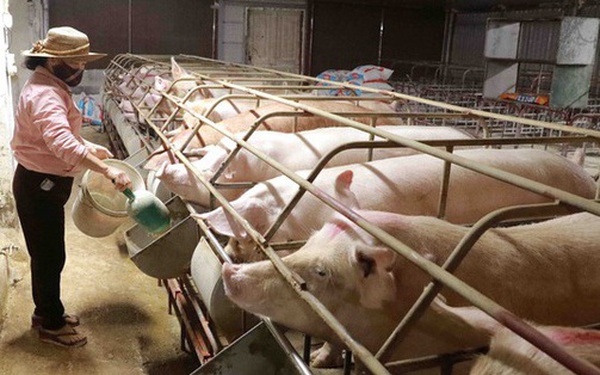The dark shadow covers the global diamond industry
Tension between Russia and Ukraine is disrupting a chain of billions of dollars worth of transactions stretching across the Siberian permanent diamond mines, inside each of Belgium’s Antwerp trade centers, Indian factories and even luxury jewelry stores in magnificent New York. The reason is because Russia is the largest producer of gemstones in the world.
Western sanctions on Russian mining giant Alrosa PJSC, which supplies up to a third of the world’s rough gems, are sending the entire diamond industry into disarray. The fact that companies, from Tiffany & Co to Signet Jewelers, respectively, announced that they were temporarily suspending the sale of Russian diamonds, causing traders to worry, desperate to find a new alternative called India – one of the largest exporting country in the world.
Nearly half of all diamonds in the United States are dependent on India, but this has not saved the diamond industry from the negative effects of the Russia-Ukraine conflict. The disruption could crimp supply across North America and cost India $2.5 billion this quarter, or nearly 10% of its annual revenue. The problem is said to be particularly acute, especially since the US is forecast to have about 2.5 million weddings this year, the highest number in four decades.
BLUE SHOULD COVER THE BUSY KIM HOAN CENTERS
In the city of Surat, India, one of the world’s second largest jewelry centers, the diamond markets became unusually quiet. Workers finished their work, couldn’t sit still, had to work hard to drink tea to kill time. They confided that the decline in imports of new stone and the sanctions really put the exporters in a difficult situation.
“Normally this street is packed with buyers and sellers. The price suddenly dropped after the conflict broke out and people didn’t want to buy our shares anymore,” Manish Jain, a trader told Bloomberg.
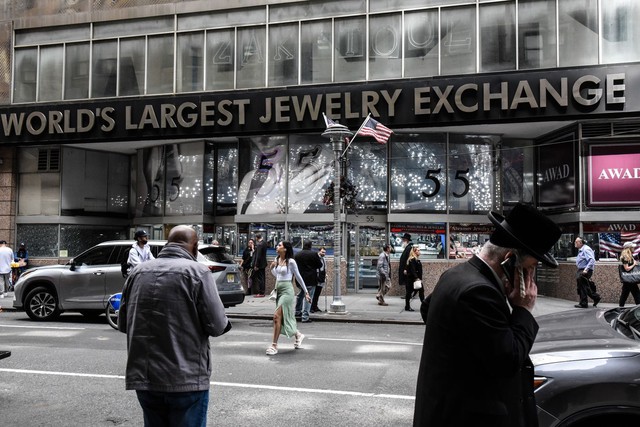
Diamond Center in Manhattan, USA is suffering from many negative impacts due to scarce supply
Some customers began to reject Russian-origin stones, thinking they were no different from “conflict” diamonds. This has forced Indian traders to shift mining to more friendly markets such as China, Southeast Asia or the United Arab Emirates.
The situation in the diamond center of Manhattan, USA is not much better. Dealers said that business has been stagnant for many months now due to a severe supply deficit. The Russian-Ukrainian conflict caused mining activity to decrease significantly, while inflation skyrocketed.
According to Avi Davidoff, a consultant at Leon Diamond, customers also often wonder about the origin of the stones. They will refuse if they know they are mined on Russian soil. This pickiness, coupled with sanctions, is making it difficult for India, which still imports a lot of Russian oil and goods.
Currently, India is still exporting Russian diamonds to the US, but this supply will soon run out in the first week of June, according to Vipul Shah, vice-president of the Gem and Jewelery Export Promotion Council of India. The UK also recently announced a ban on imports or heavy taxes on luxury goods, from diamonds to caviar.
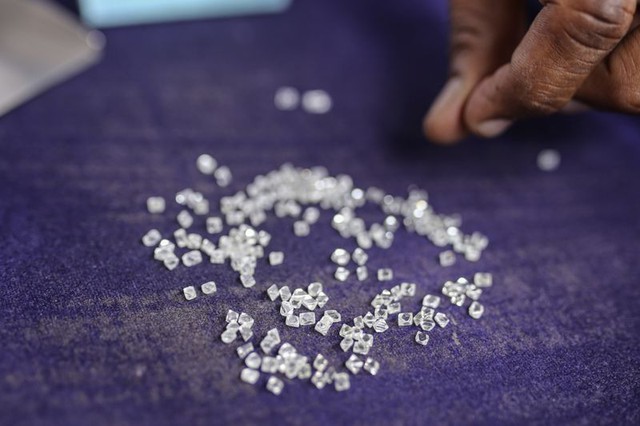
De Beers, the world’s second-largest diamond supplier, is therefore facing many difficulties in making gems, even though the reserve mines are still operating at full capacity. Bloomberg experts said that, with this momentum, it is difficult for the supply of raw materials to increase stably before 2024.
“We have a hard time making new products,” said Bruce Cleaver, CEO of De Beers.
Surat, an important industrial hub in the state of Gujarat, is also suffering. This city has up to 5,000 diamond polishing workshops, large and small scale. At Mahhidharpura, a popular jewelry market, merchants often use tweezers and magnifying glasses to check the luster of the stones before they are shipped to Western customers.
At B. Virani & Co, which supplies gems to Tiffany, workers often work shifts to cut diamonds. Salary ranges from 450 USD/month.
However, after the sanctions were issued, many businesses, including B. Virani & Co, were forced to cut their working hours. The industry with millions of employees in Surat was “derailed” immediately.
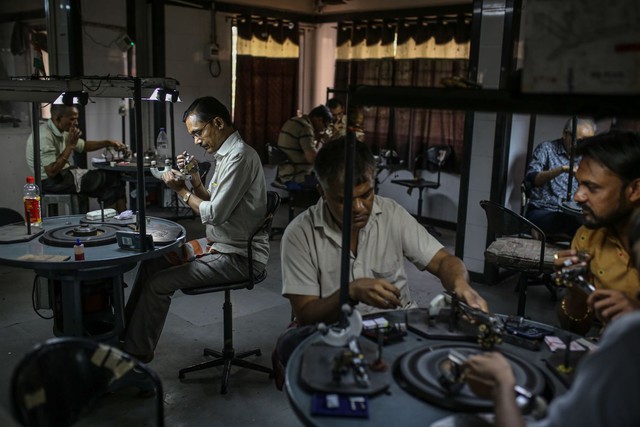
Jewelers are making diamonds
“We are trained to distinguish different stones by color. However, not everyone can do that. It is impossible to distinguish the origin of gems on such a large scale,” said Abhishek Baid, a jeweler.
DIAMOND INDUSTRY COVERED BLACK GALL
According to Vipul Shah, Vice Chairman of the Gem and Jewelery Export Promotion Council of India, Western sanctions against Russia’s diamond mines will in the long run devastate the industry and push thousands of Indian workers. into dire straits and negatively affect major global trade centers.
It is known that Russian mining giant Alrosa PJSC has just canceled its last order in April and has no plans to issue new orders this month. The tight supply has fueled a sharp increase in diamond prices, with the price of a small rough diamond specially used to make wedding rings up about 20% since early March.
“Diamonds are not like oil, where countries can easily make up a shortfall,” Shah said. “There are no new diamond mines, so our dependence is huge.” Gems and jewelry are India’s third-largest source of exports, generating about $39 billion in revenue for the financial year ending March.

Traders often use tweezers and magnifying glasses to check the shine of the stones before they are shipped to Western customers.
Commenting further on the US sanctions imposed on the Russian gem industry, Tom Neys, spokesman for the Antwerp World Diamond Center (AWDC) said they will not have much of an impact, because if necessary, Russia. would still sell the diamonds to India instead of Antwerp of Belgium.
This is expected to make Belgium difficult because the diamond sector creates nearly 30,000 jobs for this country. Moreover, in 2021, import and export of diamonds (both rough and polished) brought in a huge revenue of 37.23 billion euros for Belgium. Thus, losing Russia means losing an important supply of diamonds, which account for 5% of total exports.
The Guardian newspaper also quoted many industry experts as saying that US sanctions will be difficult to completely stop the flow of diamonds from Alrosa to Western countries. This is partly because most of Russia’s diamonds and gems are exported raw. They are then cut and polished in India, which processes about 90% of the world’s rough diamonds before being exported to other countries.
However, since Alrosa does not plan to export new orders this month, Russia is probably still more or less affected. The global diamond industry will therefore lose an important link enough to make the whole “train” derail.
According to: Bloomberg, The Guardian
Following Economic Life
at Blogtuan.info – Source: cafebiz.vn – Read the original article here
